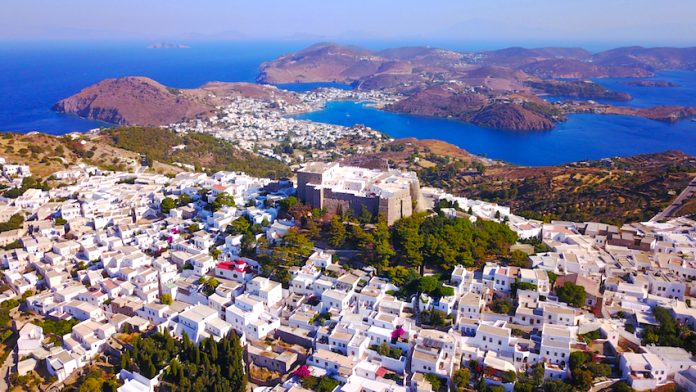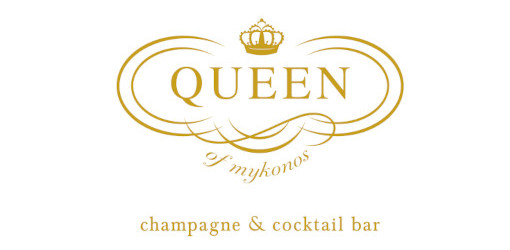The eastern reaches of the Aegean Sea were the crossroads of many civilizations in antiquity from Phoenicians to Mycenaeans to Athenians by way of Romans, Crusaders, Arabs, Venetians, and more. Patmos occupies a vaunted place in Christendom on account of John the Evangelist who, having been expelled from Ephesus by the Roman Emperor Diocletian in 95 A.D. received his Revelation in the Cave of the Apocalypse on the island. Centuries later Patmos helped galvanize the Greek Revolution of 1821. Today the island’s Chora, or main town, is one of the loveliest around and the island’s Easter traditions, like those in Corfu in the Ionian Sea, are especially colorful. Visitors flock to nearby Lipsi, mythical island of Kalypso, every August for the feast of Panagia tou Harou to pay their respects to the miraculous icon in the church of the same name. The traditional feast starts with the Vespers on the beaches and the two big squares and continues for 24 hours.
Kos is one of the most iconic of the Greek islands in the eastern Aegean on account of what 3rd-century Greek poet Herondas called its “mild and calming” beauty, its coastline alternating between sheer cliffs and sandy bays. Kos is home to an exceptional Greek cultural patrimony thanks to its distinction as the birthplace of Hippocrates, the “Father of Medicine,” in 460 B.C. You can still see the sturdy Plane Tree of Hippocrates, near the Castle of the Knights (built by the Knights of St. John) and marvel at the ancient healing complex known as the Asclepieion, just four kilometers north of the town center. Close to the port there are shrines to Herakles (Hercules) and Aphrodite and the ruins of Xysto, an ancient gymnasium. The fantastic archaeological museum houses funerary altars from the Hellenistic period, classical-era statues and a mosaic from the 2nd century A.D. depicting Asclepius’s mythical arrival on the island.
Islands like Kos and the larger Rhodes were ancient Greek and Mediterranean melting pots while others were more isolated: enter slender Karpathos. The most southerly of the Dodecanese is said to have been favored by the Titans themselves and is known not only for its rugged scenery and fine beaches but its unique folk culture. The village of Olympos in the mountainous northern reaches of the island dates to 900 A.D., its remoteness keeping the Saracen pirates at bay and village customs intact. Locals speak with an ancient Doric Greek dialect and women elders still wear the colorful traditional garb and double-chained gold florins, especially at Easter and weddings. And they make makarounes: a handmade pasta served with fresh mizithra cheese and sauteéd onions. Traditional feasts include the Feast of St. Panteleimon in July and the Dormition of the Virgin on August 15, celebrated in churches island-wide.


